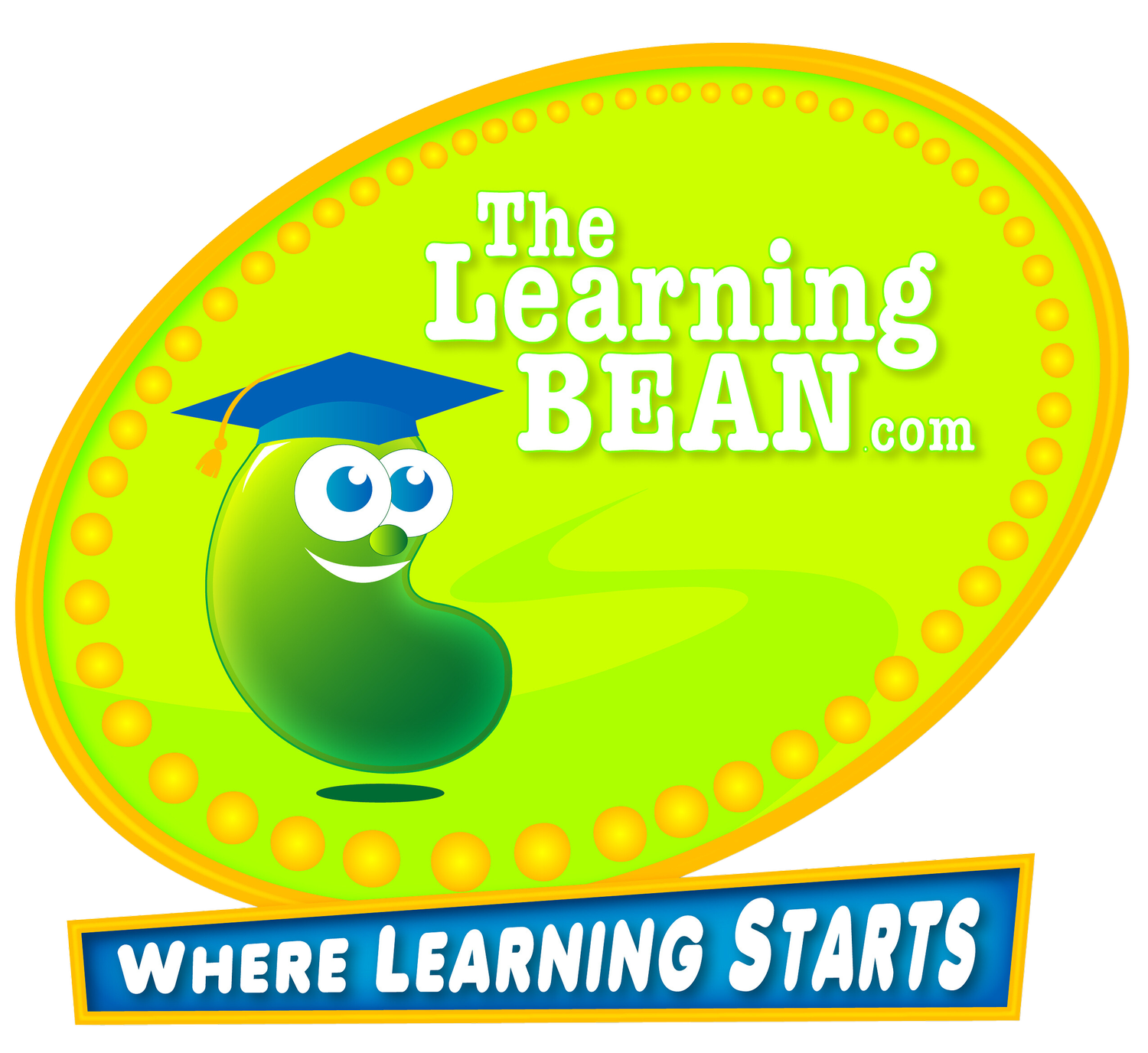Unlocking the Power of Reading:
Understanding the Science Behind it and How Parents Can Help
As parents, we all want our children to excel in reading, as it is the foundation for learning and success in school and beyond. But have you ever wondered what lies behind the process of reading? How does comprehension, phonics, vocabulary, and phonemic awareness all come together to create a strong reading foundation? This is where the science of reading comes into play.
The Science of Reading: Building Blocks of Literacy
The science of reading encompasses a range of skills and strategies that work together to enable children to become proficient readers. Let's take a closer look at the key components:
1. Comprehension: Comprehension refers to the ability to understand and make meaning from text. It involves actively engaging with the material, asking questions, making connections, and drawing inferences. Comprehension skills are vital for higher-level thinking and critical analysis.
2. Phonics: Phonics is the understanding that letters represent sounds, and these sounds combine to form words. Phonics instruction teaches children the relationship between letters and sounds, enabling them to decode words and develop reading fluency.
3. Vocabulary: Vocabulary knowledge plays a significant role in reading comprehension. The more words a child knows, the better they can understand what they are reading. Building vocabulary involves exposure to a wide range of words, both through reading and direct instruction.
4. Phonemic Awareness: Phonemic awareness is the ability to identify and manipulate individual sounds (phonemes) in spoken words. It is a critical pre-reading skill that helps children understand the sound structure of words and facilitates phonics instruction.
Tips for Practicing Comprehension Skills at Home
Parents play a crucial role in supporting their child's reading development. Here are some practical tips to enhance comprehension skills:
1. Read Aloud: Regularly read aloud to your child and discuss the story together. Ask open-ended questions, encourage predictions, and delve into the characters' feelings and motivations. This interactive reading experience fosters comprehension skills and a love for reading.
2. Connect to Real Life: Help your child make connections between what they read and their own experiences. Relate the story to events in their life or encourage them to imagine themselves in the characters' shoes. This connection strengthens comprehension and brings the text to life.
3. Encourage Visualization: Ask your child to create mental images of the scenes and events described in the book. Visualization boosts comprehension by engaging the imagination and making the story more memorable.
4. Monitor Understanding: Teach your child to monitor their comprehension while reading. Encourage them to pause and reflect if something doesn't make sense, and suggest strategies such as rereading or looking up unfamiliar words to enhance understanding.
The Learning Bean Kindergarten Prep Kit: Bridging the Gap with Orton-Gillingham and the Science of Reading
To further support your child's reading journey, The Learning Bean Kindergarten Prep Kit offers an exceptional tool rooted in the science of reading. This comprehensive kit incorporates the Orto-Gillingham approach, a research-based, multisensory method known for its effectiveness in teaching reading, phonics, and phonemic awareness skills.
The Learning Bean Kindergarten Prep Kit combines engaging activities, interactive games, and instructional materials designed to nurture the fundamental skills required for reading success. By leveraging the principles of the science of reading, this kit ensures that your child receives a solid foundation in phonics and phonemic awareness, enabling them to become confident readers.
Understanding the science behind reading provides parents with valuable insights into the essential components that contribute to reading success. By actively practicing comprehension skills at home, parents can support their child's development in this critical area.
